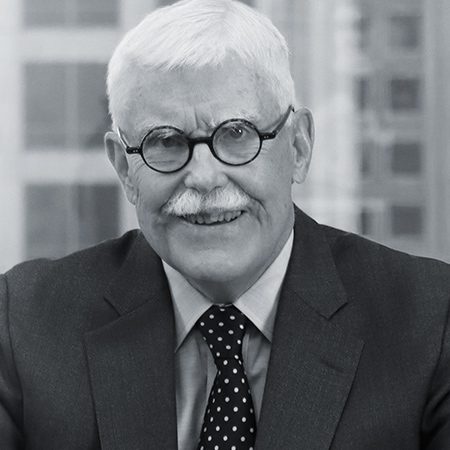I have tried many cases over a 50-year period, but the one which received the most worldwide attention was “The Elephant Case”.
The case arose in August, 2001, at the San Jose Arena, where Ringling Brothers Barnum & Bailey circus was performing. A Humane Society official alleged that star Ringling Brothers trainer Mark Gebel, son of legendary Gunter Gebel Williams, had stabbed an elephant by the name of Asia with an ankus between performances. An ankus is an ancient Indian device for guiding the movements of domestic elephants. Mark denied the allegation.
Our firm had represented Ringling Brothers for several years. On the day in question, a Saturday, I was at the office catching up on some paperwork when I received a call from one of our lawyers, who said, “You better get over here, they’re trying to frame Mark.” I immediately drove over to the arena, was briefed by my colleague and several Ringling officials, and inspected Asia.
I couldn’t see any marks on the elephant, and I asked the Humane Society representative to show me where she thought the animal had been injured. She refused. I then invited her to have a veterinarian of her choice examine Asia. She again refused.
The District Attorney subsequently charged Mark Gebel with a violation of California Penal Code section 596.5, abuse of an elephant. The case got quite a big build up with the Humane Society’s sending postcards to all of its members, inviting them to write the District Attorney and urge him to prosecute the case to the fullest extent of the law. When the case was called for trial in December, the courtroom was packed, with almost everyone in the audience rooting for the prosecution.
The trial drew a lot of press attention because of the unusual charge, the notoriety of the Gebel family, and the promotion of the case in the media by the Humane Society and various animal rights activists. Each evening after court, I attended a press conference on the courthouse steps commenting on the events of the day.
The two main prosecution witnesses were the Humane Society official and a San Jose police officer who had been present at the scene. It turned out that the police officer, while off-duty, spent a lot of time and money supporting animal rights causes. She had been observed picketing the circus at its Oakland performance the week before the incident, and had attended an animal rights convention in Washington, D.C., where she had registered for courses with titles such as “How to Shut Down the Circus” and “Making a Case against Performers in the Center Ring”. Suffice to say, her credibility as a witness was marginal at best.
The prosecutor took the Humane Society official through her version of the event. When it was my turn to cross-examine, I asked her about our conversation at the scene, and got her to admit she had refused to inspect Asia with me, and she had declined my invitation to have the elephant examined by her own vet. I thanked her and sat down. The deputy district attorney then asked the question which I had been afraid to ask, and which became the turning point in the case: “Why didn’t you call your own vet to look at the elephant?” The answer: “I didn’t think it would help my case.”
When the prosecution rested, I stated that the defense rested as well. In other words, we offered no defense evidence, I was so convinced the People had not met its burden of proof. Happily, the jury agreed, returning a verdict of “Not Guilty” in less than an hour.
The epilogue to the case was an exchange at the press briefing outside the courthouse. I started by saying I could not be more pleased with the outcome of the trial, given it was the shortest verdict on the shortest day of the year (December 21). The Humane Society executive director replied that the jury “just didn’t get it.” I got the last word: “Oh, the jury got it all right. These people (gesturing at the activists) were the ones who didn’t get it.” In fact, the jury foreman reportedly said, “[the prosecutors] never tied the defendant to the actual act”.[1] If true, the jury may actually have not have “gotten” it, since there was no “act” to which to “tie” anyone.
[1] See Jury Acquits Ringling Bros. Trainer of Elephant Abuse, The San Diego Union-Tribune, Dec. 22, 2001, https://www.sandiegouniontribune.com/sdut-jury-acquits-ringling-bros-trainer-of-elephant-2001dec22-story.html.

